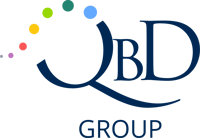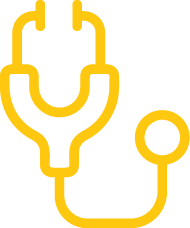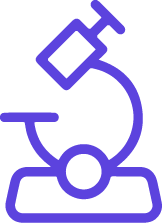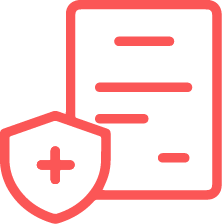This milestone represents a decisive step toward harmonizing international requirements for the assessment and control of leachables in pharmaceuticals, addressing a critical regulatory gap that has historically led to variability and ambiguity across regions.
Key Regulatory Expectations for Sponsors
Scientific Justification
Applications must include a clear, science-based rationale for conducting E&L studies, supported by product and risk specific considerations.
Holistic Risk Management
The guideline outlines a lifecycle-based approach integrating Risk Assessment, Risk Control, and Risk Review, in alignment with ICH Q9 principles.
Comprehensive Technical Appendices
Six detailed annexes provide guidance on topics such as study types, Analytical Evaluation Threshold (AET) calculations, potency-based classification of leachables, exposure limit derivation, and Class 1 leachable monographs.
Why This Guideline Is a Game-Changer
- Closes a long-standing gap
For the first time, a unified framework will exist for leachable risk assessment across oral, parenteral, ophthalmic, and advanced modalities, including cell and gene therapies - Strengthens risk-based decision making
By linking chemical characterization with toxicological evaluation, the guideline enables sponsors to focus on leachables that are relevant to patient safety, optimizing resources and timelines. - Regulatory alignment
Harmonization will reduce redundant testing and conflicting expectations, streamlining global submissions and inspections
Strategic Implications for Industry
- Stakeholders are urged to review and comment on the public draft before the consultation closes at the end of 2025.
- With final adoption anticipated post-2027, organizations should begin aligning internal SOPs, vendor qualification processes, and risk assessment methodologies to Q3E principles.
- Early familiarity with the technical annexes will accelerate study design, supplier negotiations, and toxicological evaluations.
The bottom line
The draft ICH Q3E represents a paradigm shift: moving E&L control from a fragmented, product-type-specific exercise to a globally harmonized, science-driven, lifecycle-based process. For companies, it is both a compliance imperative and a strategic opportunity to enhance efficiency, regulatory confidence, and ultimately patient safety.










